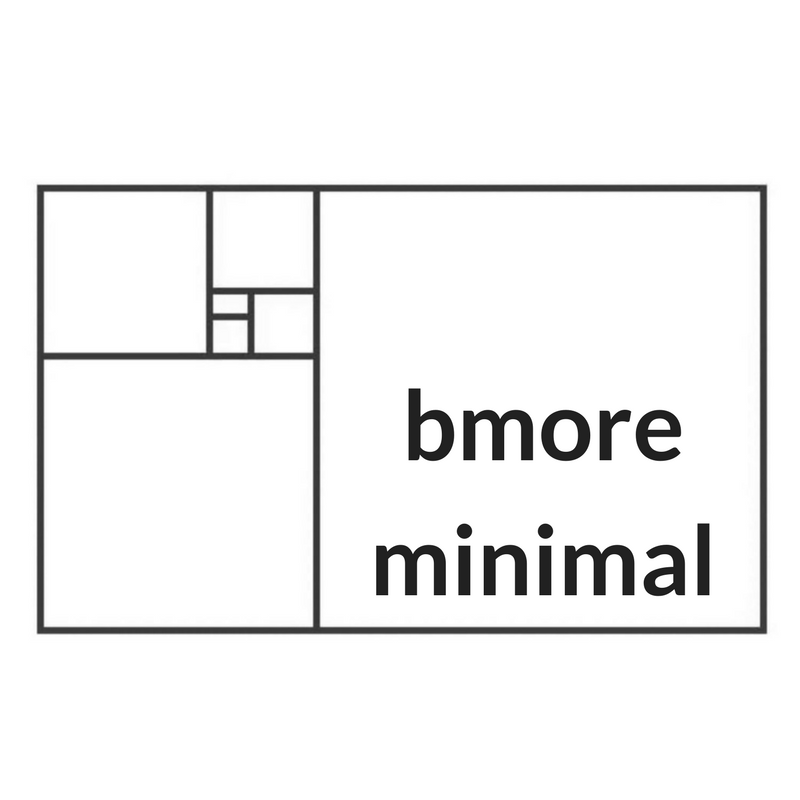We can end up with multiples of objects in many ways. We get a duplicate as a gift after buying one for ourselves. We buy a duplicate after the mess in our house makes it hard to find the first. We move in with someone who has one, too.
I deal with these kinds of redundancy in four different ways:
Consumables: If I have a duplicate of something consumable, like a book of stamps, bottle of shampoo, or jar of peanut butter, I’ll add that item to my nopping list to avoid getting yet another before I’ve used up the ones I have.
Counterparts: If I have a duplicate of something I use in more than one location in my home, I’ll keep both as counterparts to one another, like my downstairs broom and my upstairs hand broom.
Keepers: If I have multiples of something that I love, like my life uniform of denim shirts, I’ll keep and care for them all. I’ve purchased this same thing again and again because I love it, and I can maintain multiples within reason.
Purged: If the duplicate doesn’t fall into the categories of consumables, counterparts, or keepers, if they’re truly redundant, they’re likely to be given away. This is why S.P.A.C.E. can be so effective. The Sort step shows us the redundancy in our homes, and Purging those duplicates or triplicates that aren’t serving us is made simpler by the knowledge we already have that object should we need it.
Arigato and goodbye, redundancy.
